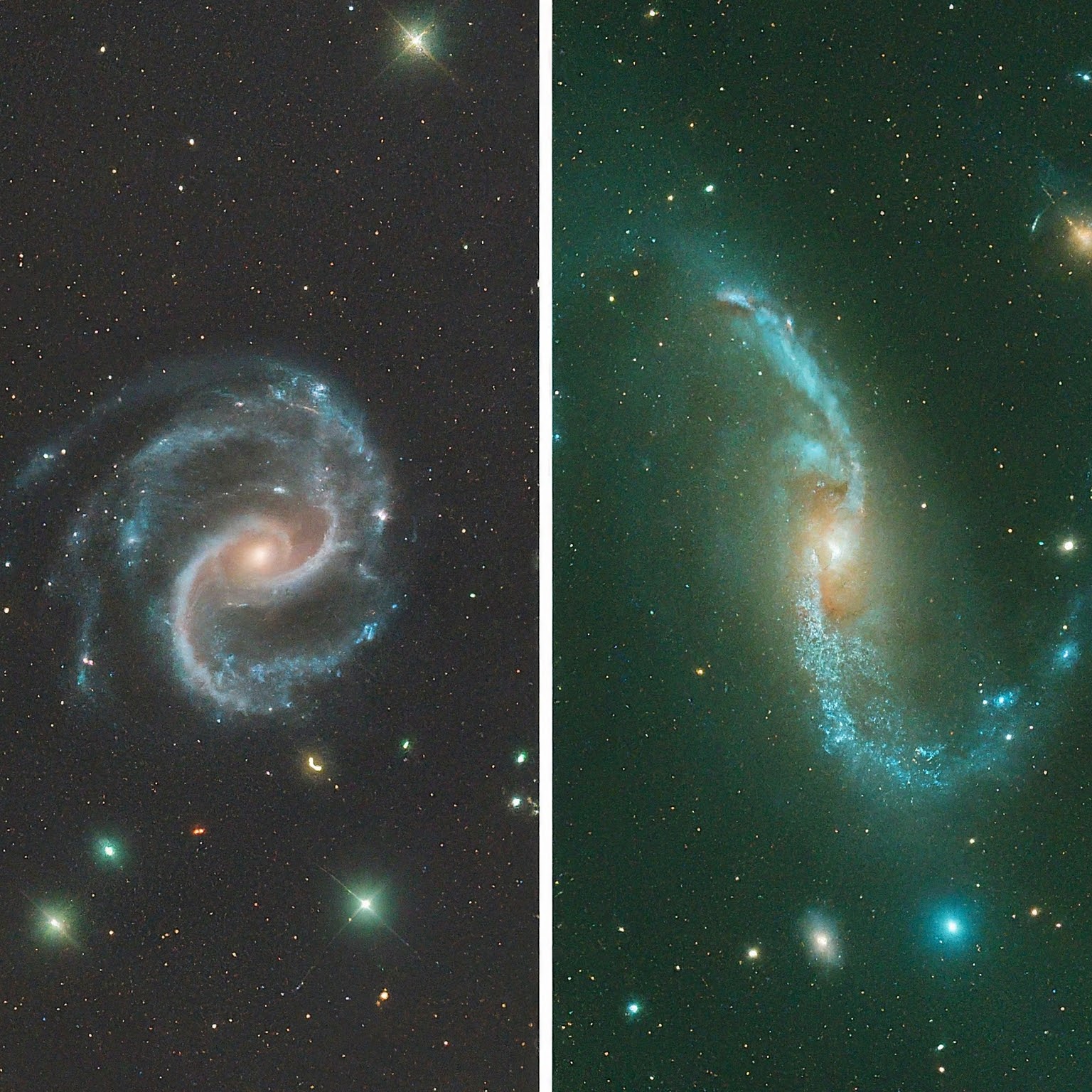The cosmos is a boundless tapestry of wonders, where the fabric of space and time intertwines with celestial phenomena that leave us awestruck. From time to time, the universe treats us to astronomical events so bizarre, so utterly perplexing, that they challenge the very boundaries of our understanding. These cosmic occurrences are not mere curiosities; they are beacons that beckon us to explore the depths of the unknown and unravel the secrets woven into the fabric of existence itself.
10. The Dimming of Boyajian’s Star
A Celestial Enigma In the vast expanse of the constellation Cygnus, an ordinary-looking star called KIC 8462852, affectionately known as Boyajian’s Star, has been exhibiting behavior that is anything but ordinary. This astronomical event has stumped scientists with its irregular and substantial dips in brightness, ranging from a few percent to a staggering 22% drop. No conventional explanation involving orbiting planets or dust clouds seems to fit, fueling speculation about the tantalizing possibility of an alien megastructure, such as a Dyson sphere, orbiting this celestial enigma.
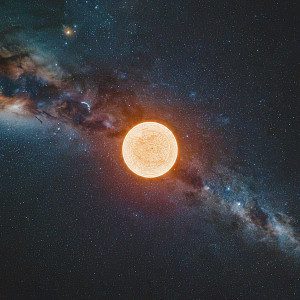
9. The Celestial Butterfly
A Dying Star’s Swan Song In the heart of the Milky Way, an astronomical event of breathtaking beauty unfolds – the formation of the Cosmic Butterfly, a stunning planetary nebula known as NGC 6302. This celestial masterpiece showcases the final stages of a star’s life, as it expels its outer layers in a cosmic swan song, creating intricate patterns that resemble the delicate wings of a butterfly. The nebula’s intricate structure, composed of ionized gas and dust, is shaped by the intense winds and radiation from the dying star at its core, providing astronomers with a unique window into the complex processes that govern stellar evolution.

8. The Triple Asteroid Occultation
A Cosmic Alignment In a rare celestial alignment, astronomers witnessed an astronomical event of epic proportions in 2008 – the simultaneous occultation (passing in front) of a distant star by three asteroids: Huya, Minerva, and Ceres Revidebit. This triple asteroid event, occurring within a span of mere seconds, provided an unprecedented opportunity to study the physical characteristics and compositions of these rocky bodies. By analyzing the subtle changes in the star’s brightness during the occultations, researchers gained valuable insights into the sizes, shapes, and densities of these asteroids, shedding light on the formation and evolution of our solar system.

7. The Milky Way’s Hungry Heart
A Supermassive Outburst At the heart of our own Milky Way galaxy lies a supermassive black hole known as Sagittarius A* (Sgr A*). In 2019, astronomers observed an unprecedented outburst from this cosmic behemoth, as it unleashed a colossal burst of energy, captivating the scientific community and reminding us of the immense power harbored by these enigmatic astronomical events. The outburst, which lasted several hours, was detected across multiple wavelengths, from radio waves to X-rays, and is believed to have been caused by the disruption and consumption of an object, possibly a dense gas cloud or a star, by the black hole’s immense gravitational pull.
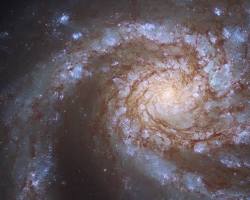
6. The Mysterious Green Pea Galaxies
Cosmic Factories Discovered in 2007, the Green Pea galaxies earned their peculiar moniker due to their striking green appearance in telescope images. These compact, low-mass galaxies exhibit intense star formation rates, far exceeding those of typical galaxies. The characteristic green hue is attributed to the strong emission lines of doubly ionized oxygen, a byproduct of the intense ultraviolet radiation emitted by the numerous young, hot stars within these galaxies. These astronomical events provide a unique window into the early universe, allowing astronomers to study the processes that govern galactic evolution and the formation of stars in extreme environments.
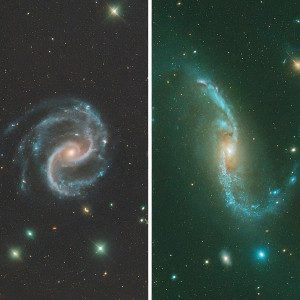
5. Betelgeuse’s Dimming: A Stellar Swan Song?
Betelgeuse, a red supergiant star in the constellation Orion, experienced an unexpected and significant dimming in 2019-2020, captivating astronomers worldwide. This astronomical event sparked speculation about the star’s evolutionary stage and potential imminent supernova explosion. Betelgeuse, one of the brightest stars in the night sky, is nearing the end of its life cycle, and the dimming event could be a precursor to a spectacular finale. While some theories suggest that the dimming was caused by the ejection of dust and gas from the star’s surface, others speculate that it could be a prelude to a catastrophic stellar explosion, which would be visible from Earth and provide invaluable insights into the final stages of a star’s life.

4. The Kilonova
Cosmic Alchemy on a Grand Scale In 2017, astronomers witnessed a groundbreaking astronomical event – the merger of two neutron stars, resulting in a cosmic explosion known as a kilonova. This cataclysmic event, detected through both gravitational waves and electromagnetic radiation, not only confirmed Einstein’s theory of general relativity but also provided insights into the production of heavy elements and the nature of gravitational waves. The merger, which occurred in the galaxy NGC 4993, approximately 130 million light-years away, produced a vast amount of precious metals, including gold and platinum, reminding us of the cosmic origins of the elements that make up our world.
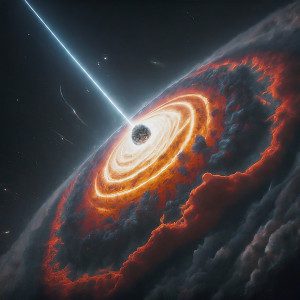
3. Oumuamua: A Cosmic Interloper or Alien Artifact?
In October 2017, astronomers detected a peculiar object passing through our solar system, exhibiting an unusual elongated shape and an unexpected trajectory. Dubbed ‘Oumuamua, this interstellar visitor sparked intense debate about its origins, with some speculating that it could be a fragment from an alien civilization or a remnant of a distant, unknown planetary system. The highly elongated shape and the unexpected acceleration observed during its journey through our solar system challenged conventional theories and prompted astronomers to rethink their understanding of astronomical events beyond our cosmic neighborhood.
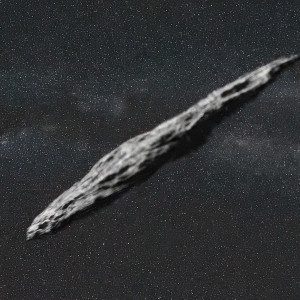
2. The Impending Galactic Collision
A Cosmic Dance While many astronomical events unfold over vast cosmic timescales, the impending collision between our Milky Way galaxy and the neighboring Andromeda galaxy is a breathtaking spectacle that will play out in the distant future. This colossal galactic merger, predicted to occur in approximately 4 billion years, promises to reshape the cosmic landscape and provide unprecedented insights into the dynamics of galactic interactions. As the two galaxies spiral towards each other, their gravitational forces will trigger a flurry of star formation, cosmic fireworks, and the potential birth of a new, larger galaxy. This astronomical event serves as a reminder of the ever-changing and dynamic nature of the universe, challenging our perceptions and fueling our curiosity about the cosmic forces that shape the cosmos.
1. The Wow! Signal: A Cosmic Whisper or Extraterrestrial Shout?
This one will genuinely blow your mind, and make you think more about aliens and their existence, On a fateful day in 1977, the Big Ear radio telescope in Ohio picked up a fleeting burst of radio waves from the depths of the cosmos. Dubbed the “Wow! Signal” due to the excited notation left by astronomer Jerry R. Ehman, this astronomical event has remained one of the most tantalizing and enigmatic puzzles in the search for extraterrestrial intelligence. Despite numerous attempts to locate its source and verify its origins, the signal remains an unexplained cosmic curiosity, igniting our imaginations with the possibility of intelligent life beyond our planet.
The universe is a tapestry of wonder, woven with threads of mystery and awe. These astronomical events are not mere spectacles; they are invitations to explore the unknown, push the boundaries of our understanding, and unravel the secrets that lie at the heart of creation itself. As we gaze up at the night sky, let these cosmic phenomena ignite our imaginations and inspire us to continue unraveling the tapestry of the cosmos, one thread at a time.

